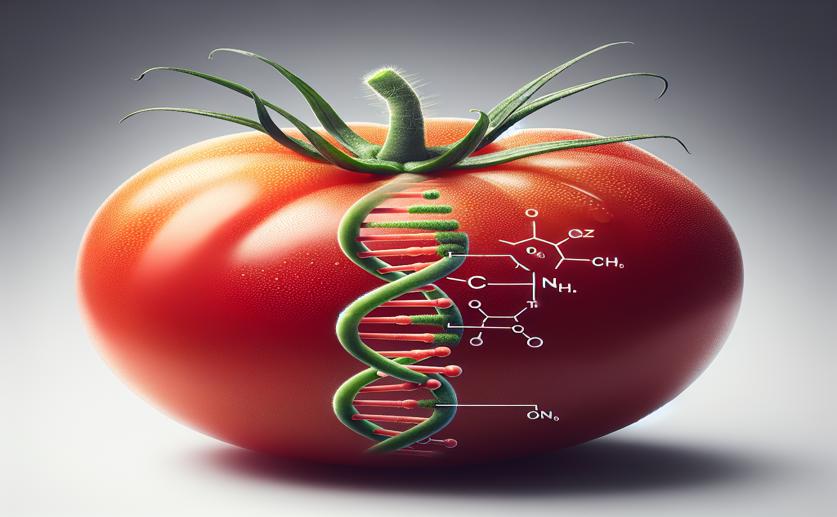
Exploring How a Key Gene Influences Tomato Ripening Using CRISPR.
Phil Stevens
24th January, 2024

Image Source: Natural Science News, 2024
References
Main Study
1) Reassessing the contribution of TOMATO AGAMOUS-LIKE1 to fruit ripening by CRISPR/Cas9 mutagenesis.
Published 22nd January, 2024
https://doi.org/10.1007/s00299-023-03105-7



 21st January, 2024 | Jenn Hoskins
21st January, 2024 | Jenn Hoskins